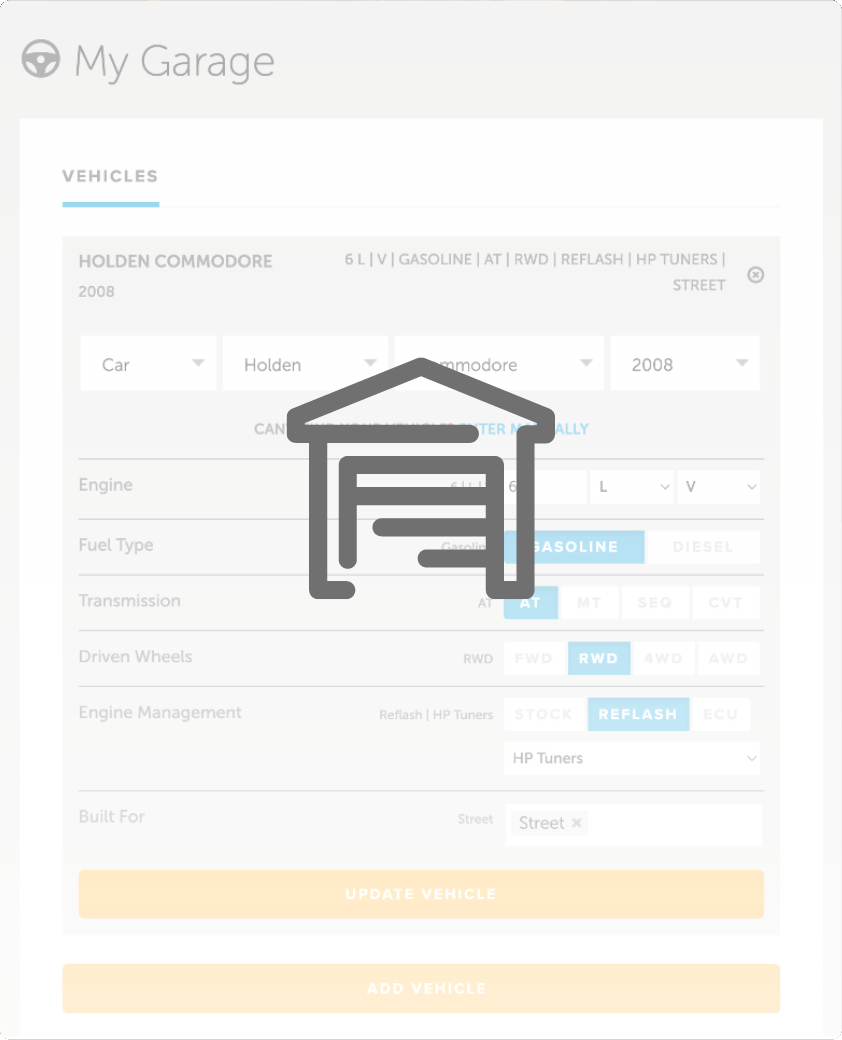| 00:00 |
What we're going to be able to do with our scan data after we collect it is going to depend on what software we have access to.
|
| 00:06 |
This will range from smartphone apps and the most basic operating software that comes along with entry level scanners to more comprehensive packages with CAD functionality focused on reverse engineering applications.
|
| 00:20 |
From the scan data, our software will automatically create a 3D model in the form of a point cloud.
|
| 00:26 |
It should be noted that it's not uncommon to use some of these processes during the practical scanning stage.
|
| 00:32 |
As an example, we might want to remove the surface that the object is sitting on from the data and then turn it over and continue scanning the bottom of the object.
|
| 00:42 |
Also, depending on the program we're using, some of these processes will be applied to the scan data in the point cloud form or to the mesh once it's been generated, but the typical process will be as follows.
|
| 00:56 |
First up is cleaning, which involves removing any unwanted data from the scan.
|
| 01:01 |
This could be noise, the surface the object was scanned on, anything in the background, or even parts of the object that we just don't need.
|
| 01:09 |
Some software will have tools that automatically identify the background to make this easier, otherwise it's just a case of using the selection tools.
|
| 01:18 |
Including this data will just result in a larger file size and slow us down, but we don't want to get too carried away and cut something out that we might need in the future.
|
| 01:28 |
So, the best way to approach this is it's always better to have it and not need it than need it and not have it.
|
| 01:34 |
If we've captured multiple scans, this is typically the time to align them and merge them into a single model, although this can usually be done after meshing as well if needs be.
|
| 01:45 |
Once we're happy with the data we have, it's time to generate the mesh.
|
| 01:50 |
At this point we've likely got some options around mesh refinement and what we choose is really going to depend on the application.
|
| 01:57 |
Think of this like the resolution we captured from the scanner.
|
| 02:01 |
Is it a smaller more detailed object or something bigger that doesn't need as much detail? This isn't to say we can't have a larger object that requires lots of detail, it just obviously comes with the trade-offs in file size, which will put more load on our processing system moving forward.
|
| 02:19 |
After meshing we can also modify the refinement by decimating the mesh to reduce the number of elements for a smaller file size or alternatively we could use the remesh function to optimise the mesh with more refinement in areas of detail and less in others.
|
| 02:36 |
The opposite is also true, it's highly likely that we haven't managed to collect all the data we need, especially in detailed parts of the object that are hard to capture.
|
| 02:46 |
The result will be holes in the model which we can patch up if needed using the fill hole tools.
|
| 02:52 |
Remember that this can be helpful for small holes and to create a watertight model, but it shouldn't be used as a bandaid.
|
| 02:59 |
If we're missing large areas of data then we need to collect them with the scanner if we want an accurate model.
|
| 03:05 |
We can also smooth the surface of the scan and remove features and small spikes that we don't want to include or shouldn't be there anyway as they're simply a result of noise.
|
| 03:17 |
Ideally, we want the model to be aligned with the coordinate system when working in CAD, because this will make our lives much easier moving forward.
|
| 03:25 |
Entities can also be extracted from the model at this point, essentially creating datum features from the geometric forms of the object.
|
| 03:33 |
Not only will these be useful for reverse engineering or scan based design, but they can also be used to align the scan with the default coordinate system based on its geometry.
|
| 03:44 |
Alignments of any type or extracting entities might not be possible in some programs, in which case we need to do it in CAD later on.
|
| 03:52 |
However, given the choice, these steps are generally easier to do in the scanner or reverse engineering software as they're tailored towards working with mesh bodies.
|
| 04:02 |
The last consideration is around texture.
|
| 04:04 |
Often when cleaning the scan data or editing the mesh file, if we've captured the texture, it'll be removed from the model, which can help with processing speed.
|
| 04:14 |
If this is the case, then clearly we'll need to reapply the texture at this point if we want to include it moving forward.
|
| 04:21 |
Finally, we can export our files and send them to our computer.
|
| 04:25 |
The mesh will most likely be in a STL, OBJ or PLY format and remember if we want to keep the scan's texture information, then we'll need to use an OBJ file, which will be accompanied by an image file and also an MTL file, all of, which should stay in the same location on our computer.
|
| 04:44 |
We can also export the entities as STEP or IGES files and curves as DXFs.
|
| 04:49 |
Before moving on to use these files in CAD, let's summarise the third step of our process.
|
| 04:56 |
After the scan is complete, we can apply various post processing techniques to improve the results.
|
| 05:02 |
First, we clean the scan to remove unwanted data and possibly merge scans if necessary, then we can generate the mesh at the required refinement.
|
| 05:11 |
Various mesh editing techniques can be applied like smoothing, filling holes before extracting entities and aligning the mesh with the coordinate system.
|
| 05:21 |
Lastly it's important not to forget to reapply the texture if needed before exporting the mesh file as well as any entities we want to use in CAD.
|





